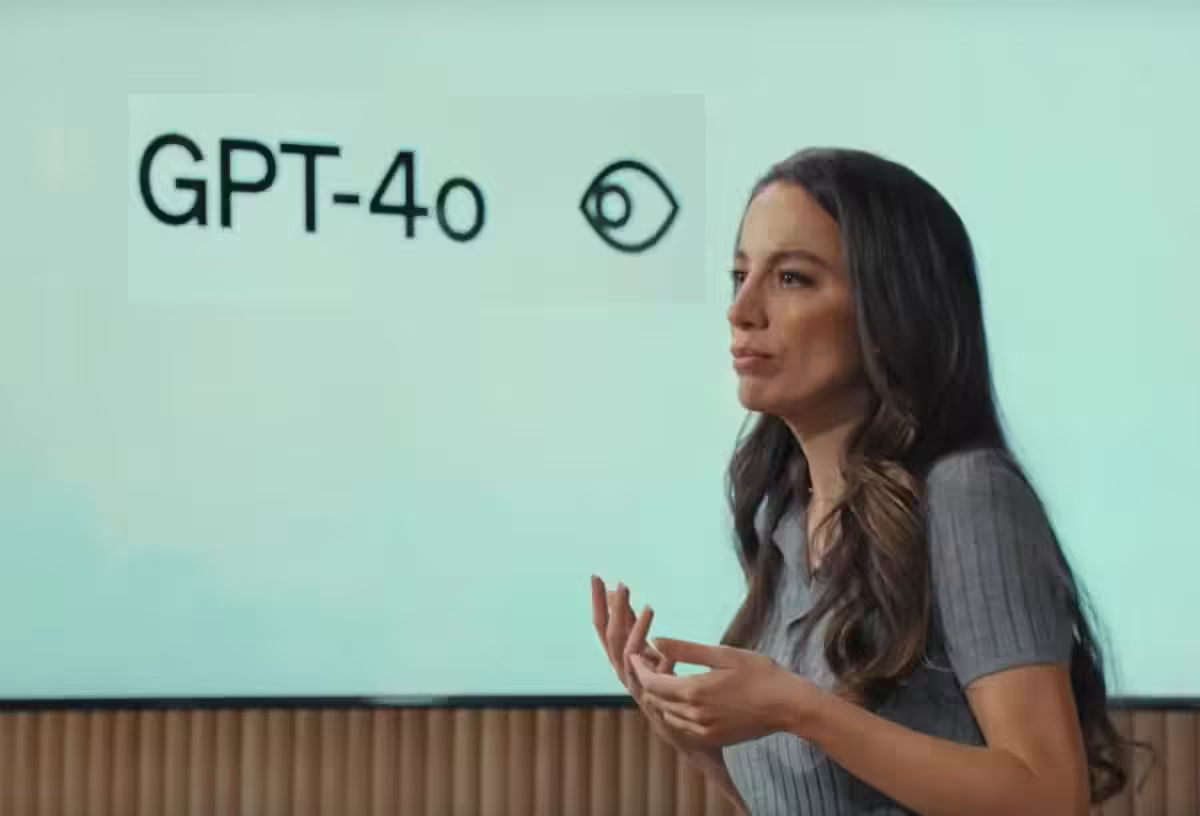چیٹ جی پی ٹی جی پی ٹی (جنریٹو پری ٹرینڈ ٹرانسفارمر) لینگویج ماڈل کی ایک قسم ہے، جسے اوپن اے آئی نے تیار کیا ہے۔ یہ ایک مشین لرننگ ماڈل ہے جو انسانی زبان کے ایک بڑے ڈیٹاسیٹ پر تربیت یافتہ ہے اور انسان جیسا متن تیار کرنے کے قابل ہے۔ ChatGPT کو خاص طور پر اس لیے ڈیزائن کیا گیا ہے کہ وہ صارفین کے ساتھ گفتگو کو اس انداز میں انجام دے سکے جو قدرتی اور بدیہی محسوس ہو۔
چیٹ جی پی ٹی کی اہم ایپلی کیشنز میں سے ایک چیٹ بوٹس اور ورچوئل اسسٹنٹس میں ہے، جو اسے ریئل ٹائم میں صارف کی پوچھ گچھ کے جوابات پیدا کرنے کے لیے استعمال کرتی ہے۔ ChatGPT کو کئی دیگر ایپلی کیشنز میں بھی استعمال کیا گیا ہے، جیسے کہ زبان کا ترجمہ، مواد کی تخلیق، اور خلاصہ۔
مجموعی طور پر، ChatGPT مصنوعی ذہانت اور قدرتی زبان کی پروسیسنگ کے شعبے میں ایک اہم پیشرفت ہے، اور اس میں لوگوں کے مشینوں کے ساتھ تعامل اور معلومات تک رسائی کے طریقے میں انقلاب لانے کی صلاحیت ہے۔

GPT (short for “Generative Pre-trained Transformer“) is a type of artificial intelligence model that has been trained on a large dataset of human-generated text. It can generate human-like text based on a given prompt, making it useful for tasks such as language translation, text summarization, and content generation.
For students, GPT and other natural language processing (NLP) tools can be valuable for a number of reasons:
- They can help students improve their writing skills by providing suggestions for alternative phrasings or words
- They can assist with language translation, allowing students to better understand texts written in a foreign language
- They can help students generate ideas for research papers or other written assignments
- They can aid in the summarization of long texts, making it easier for students to understand and retain the main points

GPT (short for “Generative Pre-trained Transformer”) is a type of artificial intelligence model that has been trained on a large dataset of human-generated text. It can generate human-like text based on a given prompt, making it useful for tasks such as language translation, text summarization, and content generation.
For students, GPT and other natural language processing (NLP) tools can be valuable for a number of reasons:
- They can help students improve their writing skills by providing suggestions for alternative phrasings or words
- They can assist with language translation, allowing students to better understand texts written in a foreign language
- They can help students generate ideas for research papers or other written assignments
- They can aid in the summarization of long texts, making it easier for students to understand and retain the main points

Artificial intelligence (AI) is rapidly changing the landscape of education, offering new tools and resources that are transforming the way students learn and teachers teach. From personalized learning to language translation, AI is revolutionizing the way students access and process information.
Visit the Site : ChatGPT
One major area where AI is making an impact is personalized learning. With AI-powered learning systems, students can receive tailored lessons that are tailored to their individual needs and learning styles. This allows students to learn at their own pace and focus on the topics that they need the most help with.
Another way that AI is revolutionizing education is through language translation. AI-powered translation tools can help students understand texts and lectures that are presented in a foreign language, making it easier for them to learn and retain new information.

AI is also being used to grade assignments and provide feedback to students. With machine learning algorithms, teachers can quickly and accurately grade large amounts of written work, freeing up more time to provide personalized feedback and support to their students.
Overall, artificial intelligence is changing the way we think about education, offering new opportunities and resources that are helping students learn more effectively and efficiently. As AI continues to advance, it is likely that it will play an even greater role in shaping the future of education.








